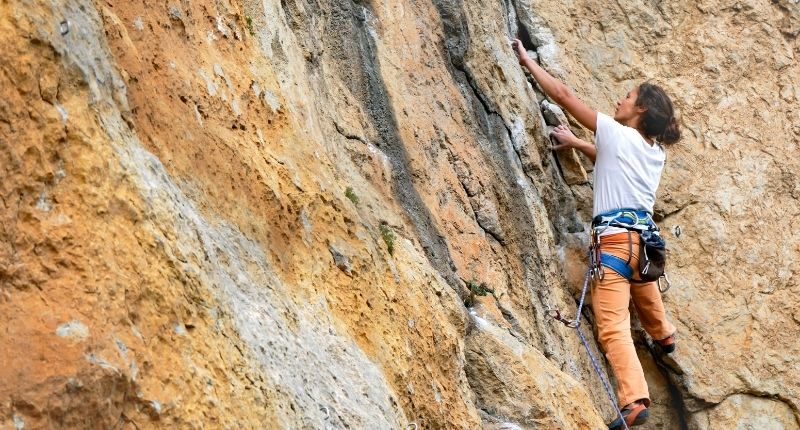- March 2021 saw a 5.5% increase in new loan commitments
- Over half the rise was caused by lending to investors
- New loan commitments for new dwellings fell - likely caused by HomeBuilder ending
Data released by the Australian Bureau of Statistics (ABS) show new loan commitments rose in March to a record high of $30.2 billion. This rise equates to a monthly increase of 5.5%.
More than half of the rise was caused by lending to investors. Specifically, new loan commitments to investor housing rose by 12.7% to $7.8 billion in March 2021 – 54.3% higher than in March 2020.
Katherine Keenan, ABS’s Head of Finance and Wealth, said that since a 20-year low seen in May last year, investor lending has seen sustainable growth.
“The rise in March is the largest recorded since July 2003 and was driven by increased loan commitments to investors for existing dwellings.”
“The value of new loan commitments for owner-occupier housing rose 3.3 per cent to $22.4 billion in March 2021, 55.6 per cent higher than March 2020. This rise was driven by an 8.8 per cent rise in the value of loan commitments for existing dwellings.”
Katherine Keenan, ABS Head of Finance and Wealth
Owner-occupier loan commitments for new dwellings, however, fell by 14.5%, representing the first monthly fall since HomeBuilder was introduced in June 2020. This fall was likely due to the grant being reduced from $25,000 to $15,000 as of 1 January this year before the program ceased at the end of March.
Adrian Kelly, President of the Real Estate Institute of Australia (REIA), said despite the March data for new dwellings, the levels are still relatively high, and he expects house prices overall to ease.
“Despite the March fall of 14.5% it remains at historically high levels at 123.6% higher than twelve months ago,” he said.
“Rise in new loan commitments for owner-occupied housing were seen in New South Wales, Victoria, Queensland and the Australian Capital Territory with New South Wales having the largest increase of 8.2%. The largest fall of 6.5% was in Western Australia.”
“The increase in housing finance approvals should be offset by an increase in supply with anecdotal information from agents indicating an unseasonal increase in listing enquiries leading to an easing of pressure of prices.”
Adrian Kelly, REIA President








